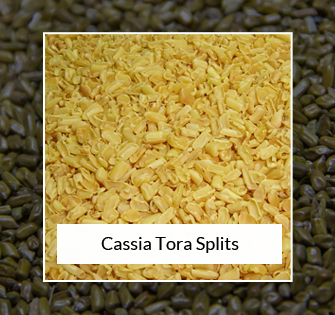An Overview on Cassia Obtusifolia Plant and Cassia Splits
Cassia Splits are an important ingredient in a wide range of foods. They are used as thickeners, emulsifiers, and texturizing agents. They are also commonly used in personal care products as moisture retainers. They are also used in many meat dishes. This article will explain the uses of cassia splits. Also, read on to discover how this ingredient can benefit your body. This versatile ingredient is an essential ingredient in meat dishes.
Know about Cassia Obtusifolia
The plant Cassia obtusifolio split is native to the southern United States, Mexico, and tropical America. It is now a naturalized species in parts of Kenya and Tanzania. It is not native to Africa but is invasive throughout its range. Despite being an attractive flowering shrub, it is not a suitable plant for gardens. Here are some things to keep in mind before trying this plant.
The name ‘Cassia obtusifolia’ comes from the Latin words obtusi, meaning blunt, and folium, meaning leaf. The plant produces cone-shaped pods that are nearly 20cm in length and contain many cylindrical seeds. These seeds are then separated from each other and ground into cassia splits, known by various names.
The plant’s name owes its unusual leaves to its shape. This form of the genus is often confused with Senna tora, the ‘blunt-leaved senna.’ In Latin, obtusifolium means ‘blunt-leaved senna’. While this isn’t a great way to describe the plant, it has a long history of confusion.

Features of Cassia Obtusifolia Plant
This plant is a weed in disturbed sites, including roadsides, riparian zones, and drainage channels. It spreads by seeding itself, and it also sticks to vehicles, machinery, and footwear. It is a common weed throughout northern Australia and Kenya. If you have a garden, consider planting it to help control the spread of this invasive plant. It is a great option for green manure, and it can even help prevent soil erosion and flooding.
Applications of Cassia Splits
Its seeds are used in many applications, including making food, coatings, and personal care products. Its fibres are excellent thickening agents, and it forms gels with carrageenan. Avlast Hydrocolloids is one of the major exporters of Cassia Splits around the world. It is one of the largest producers of cassia gum in the world. The company also provides other products related to and derived from Cassia.
The Bottom Line
The plant is also used in the cosmetics industry as a surfactant, thickener, and emulsifier. The cassia derivatives that are used in cosmetics are also good for poultry and frozen dairy products. It is also used in cosmetics and is an important ingredient in eye products. Its saponins are water-soluble. So, you’ll find it in almost everything you eat, including salad dressings and meat sauce.

